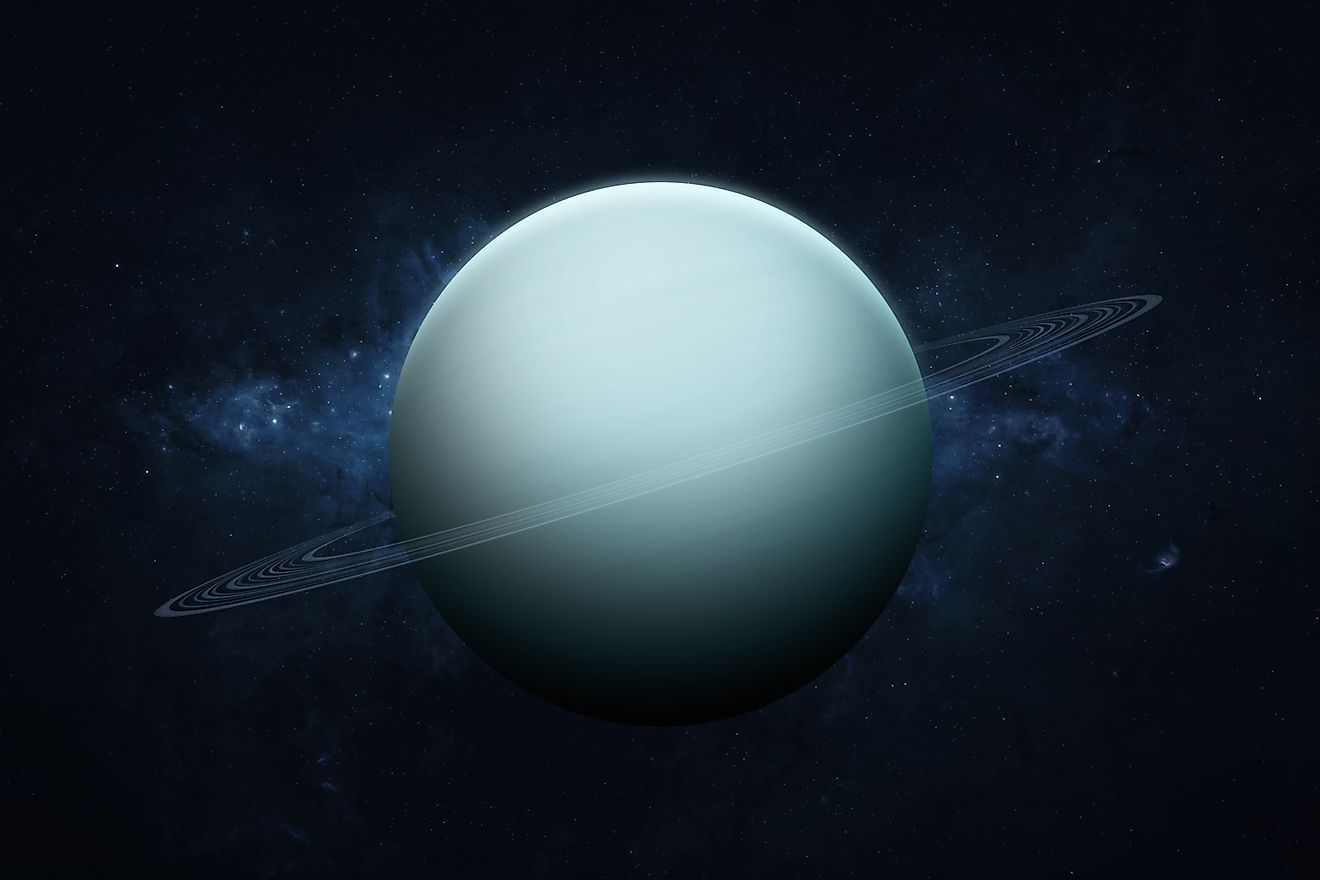
How Planets Produce Magnetic Fields
Magnetic fields are common among the planets in our solar system. Although not every planet has a magnetic field, most of them do. The magnetic field of every planet is unique, having different sizes and strengths. The characteristics of a magnetic field will also determine how a planet interacts with radiation from the sun. For example, the Earth’s magnetic field deflects deadly radiation from the sun, allowing the formation and flourishment of living things. How do planets produce their own magnetic fields?
The Inner Planets

Magnetic fields are produced through processes that vary between the inner rocky worlds and the outer gas giants. For the inner planets in our solar system, a magnetic field is generated by the motion and composition of a planet’s core. The Earth’s magnetic field is generated by its iron core. As a metal, iron can conduct electricity. Electricity and magnetism can be thought of as the same force, called electromagnetism. A moving electric field can generate a magnetic field, and vice versa. The Earth’s iron core spins, and so the electric field of the core is in constant motion. That moving electric charge also generates a magnetic field, which moves outwards from the Earth’s core. Magnetic field lines move from north to south, forming a kind of spider-web shape around the planet.
In order for a rocky planet to have a magnetic field, it must have an iron core that spins. Otherwise, the electric current will not move and it will not generate a magnetic field. Furthermore, in order for a magnetic field to form around a planet, there must be enough convection between a planet’s interior and exterior that a magnetic field can move freely through the planet and into space. Of all the inner rocky worlds, Earth is the only one that has a moderately strong magnetic field. Mercury has a very weak magnetic field due to the fact that it rotates so slowly. Venus and Mars lack any type of measurable magnetic field. For Venus, the lack of a magnetic field comes from both its slow rotation and a lack of convection currents from the core. Mars is believed to have once had a magnetic field, yet its core solidified and can no longer generate a magnetic field.
The Outer Planets

Unlike the inner rocky worlds, the outer gas giants all have magnetic fields of considerable size and strength. Jupiter has the strongest and largest magnetic field of any planet in the solar system. In fact, if we could see Jupiter’s magnetic field with our eyes, it would be one of the brightest objects in the sky. Saturn, Uranus Uranus, and Neptune also have their own magnetic fields.
Unlike the inner planets, the magnetic fields of the gas giants are not generated by spinning iron cores. Rather, they are generated by metallic hydrogen. Deep within the interior of all the gas giants, pressures become so high that hydrogen turns into a liquid. Interestingly, when hydrogen is in liquid form, it behaves like a metal and is able to conduct electricity. The hydrogen gas becomes liquid metallic hydrogen. As the gas giants rotate, the metallic hydrogen in their interior also moves, generating a magnetic field in the process.











